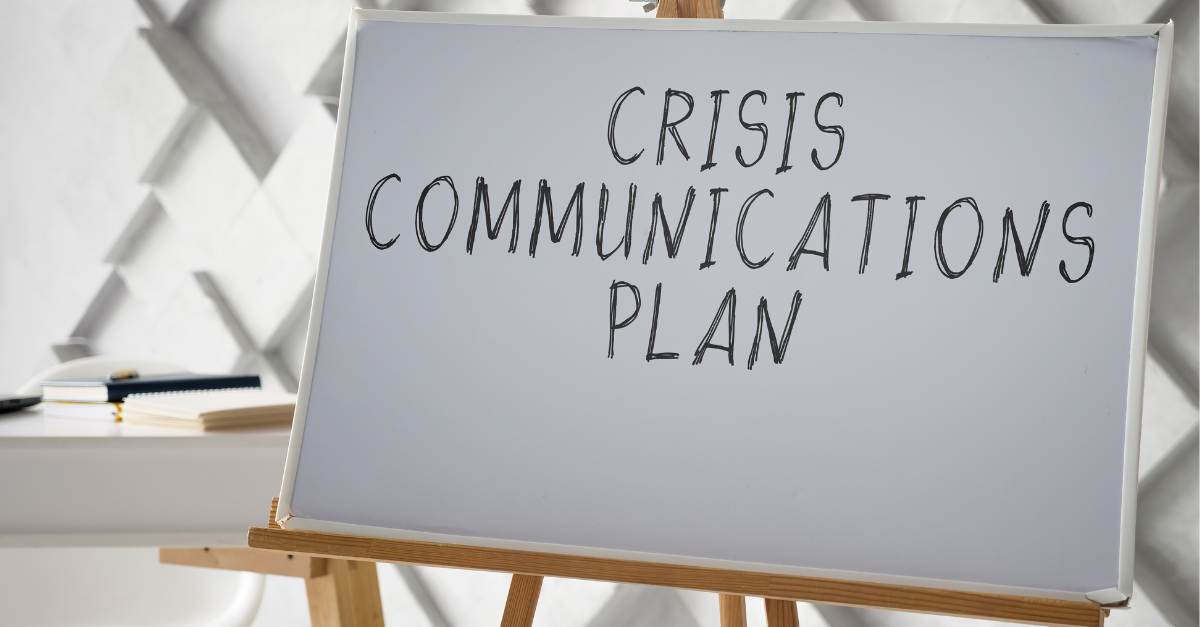What Simon Kjaer reminded us about the importance of a crisis communication plan
Mexico

With the start of the Eurocup, the players usually give a lot to talk about. Recently Cristiano Ronaldo caused a big wave after he exchanged two bottles of Coca-Cola, placed on his table during a press conference, for a bottle of unlabeled water while saying “water, yes”. Then Paul Pogba did the same with a Heineken beer.
However, the one who stands out the most among these provocative moments is the Dane Simon Kjaer, who is not yet as popular as CR7, but won over the spectators and his team with his assertive and empathetic performance, becoming the hero of the day.
What happened?
Without any hint of doubt and faster than lightning, Kjaer assisted Christian Eriksen, who collapsed on the field, just before half-time of the match against Finland. Before the medical team arrived, Kjaer applied cardiopulmonary resuscitation (CPR) to his partner, an emergency life-saving procedure that is performed when someone has stopped breathing or the heart has stopped beating.
As soon as the doctors arrived, Kjaer organized his team mates to create a semicircle wall to protect the scene from spectators and cameras.
His third act was to approach and calm down Eriksen’s wife, Elina Gollert. Both families know each other as they live in Milan, where Eriksen plays for Inter and Kjaer for AC Milan.
The event went around the world:
“Simon Kjaer, more than a captain for Denmark,” the Mexican newspaper Excélsior reported.
“Simon Kjær, the captain of the Denmark national team who has become a hero,” highlighted the magazine ¡Hola! Mexico.
Goalkeeper Kasper Schmeichel said: “I wasn’t surprised that Simon Kjaer took the initiative. He has great ethics and I am proud to consider him my friend.”
Nicolo Barella, inter player, said: “Beyond the colours, congratulations Simon Kjaer, a captain and a real man.”
What can we learn from Kjaer?
In times of crisis we must know how to respond so that the crisis does not escalate into a disaster. No person or company is exempt from an accident that potentially causes a media crisis with an impact on their reputation and finances. Even more so today, where media and social media create a 24/7 instant news environment, which is ideal to start and fuel a big show.
According to various studies, about 8 out of 10 crises occur due to human error, 70% due to latent problems that were not attended to but could be foreseen and 30% by surprise. Those companies that have a plan to deal with a crisis recover three times faster, with less financial risk and human cost than those that are not prepared.
6 keys to managing a crisis
- Recognize the problem: know what happened, who was affected and evaluate its implications to act correctly and in a timely manner. You need to identify probable incidents and have a response ready to act immediately.
- Face immediately: Although you do not have more information but the fact already known, it is important that leaders are present to demonstrate the responsibility of the company. The information that is shared should be based on confirmed facts, it should never give rise to hypotheses.
- Human focus: In a crisis, people are the most important, messages must be created to show empathy and if there are victims, an exclusive channel of attention must be opened for them.
- Press material: In parallel, a team should generate a hard database and explanatory information about the problem to share it with journalists to prevent the press from seeking information and interpreting it on its own. People tend to pay more attention to images, which are also more shared on social networks; therefore, it is essential to accompany the information with images (photographs and videos).
- Spokespersons: the most prepared must be assigned according to the case, they must be trained to attend to the press in a calm and safe way, in addition to having the information approved to share publicly.
- Set a plan and a team designated to implement the protocol when needed.
We don’t know if Kjaer was previously trained for a moment like this or if his response was natural-born, what is certain is that Kjaer became a hero and companies must be prepared not to become villains in the eyes of the public.
By Claudia Medellín Ybinarriaga – Audacia Comunicación